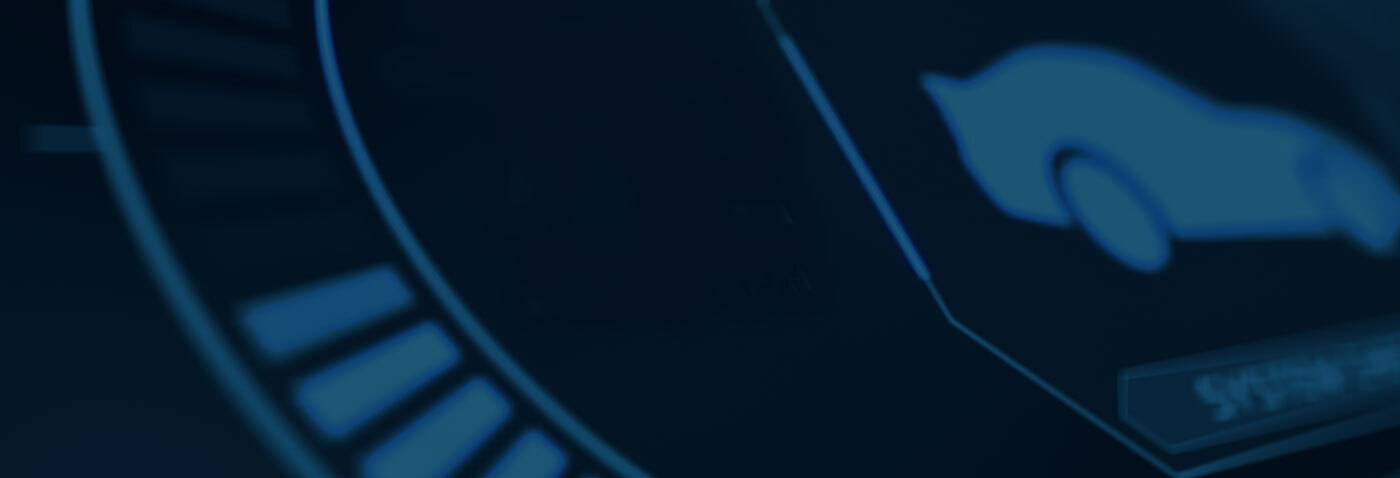The consumer’s issue:
“I took delivery of a vehicle, and on that day, I noticed the spanner light coming on intermittently on the dashboard. The business directed me to take it to their appointed garage for them to fix it, but they were not able to, meaning that the problem continued.
A month later, the engine temperature light came on and I stopped at the roadside to find that the coolant was full, and very hot. I waited for the engine to cool, and then drove two miles to my house, during which time the light did not come back on.
I took the car to my local garage and they could not say what was wrong with it, but when I informed the business regarding the issue, they wanted to arrange the recovery of the vehicle. Therefore, in light of these issues, I would like to return the vehicle and have my money refunded so that I can buy a roadworthy car.”
The accredited business’ response:
- The customer noted that the spanner light came on intermittently. However, the single spanner sign notes the vehicle requires a service and indicates that the customer has failed to maintain the vehicle correctly.
- The customer presented a diagnosis that stated no obvious coolant leaks, and that they suspected an internal leak. This does not prove that a leak was present at point of sale.
- The customer covered 1,200 miles since the issue first occurred, and it could well be that their local garage misdiagnosed the fault or the customer caused damage as a result of continuing to drive of the vehicle. We have request an engineer’s report to determine liability.
- If the customer takes the vehicle to a main dealer, we will consider a contribution towards the cost of the repair if a major or dangerous defect was likely to be present at point of sale.
The adjudication outcome:
- The Motor Ombudsman adjudicator noted that prior to the first repair, the consumer did not assert any rejection claim or dissatisfaction that would alert the business to a claim under their consumer rights. In addition, the first “repair” had no confirmed fault or actual repairs undertaken (this related to the service light, not a defect).
- The first confirmation of dissatisfaction and a likely fault occurred outside of the first 30 days of ownership, and related to the engine temperature and likely coolant issue.
- The adjudicator also noted that at this point in time, and contrary to the business’ assertion, the burden of proof lay with them to prove the quality of the vehicle at the point of sale, and to repair it if any defect was found, at no charge or inconvenience to the consumer.
- The adjudicator therefore considered the customer’s rejection of the goods was not a proportionate remedy, but deemed the recovery of the vehicle at the business’ cost to a repairer to identify whether there was a coolant leak, to be a more suitable outcome in this case.
- If a fault was found in that diagnosis and was thought to have been present at the point of sale, the business was requested to meet the cost of repair.
Conclusion:
- Both parties accepted the adjudication outcome.
- The report has yet to be supplied to the adjudicator, and as such, a definitive outcome, such as whether repair was necessary, cannot currently be given.







